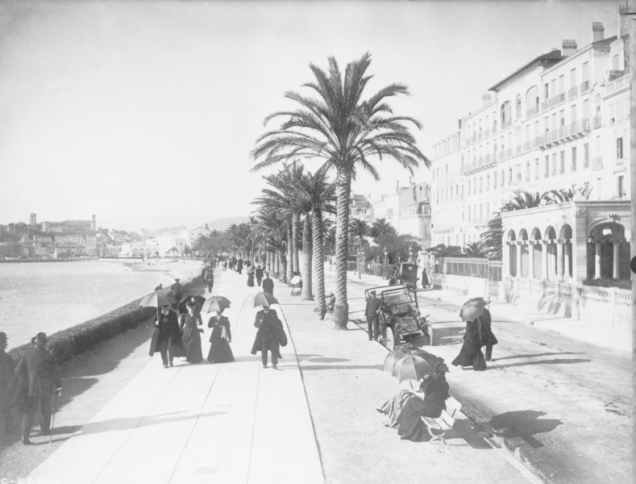Just before leaving for Cannes – by the time you read this, I’ll be there, probably sipping a glass of rosé – I performed a little annual ritual. I went to the Marais to buy a pair of Rivieras. You may know what I’m talking about: they’re shoes, somewhere between an espadrille and a loafer, delightfully retro and light as a feather. Perfect for strolling from beach to bar and back again.
But what about the place that gave the shoes their name – the Riviera? It’s not a brand, exactly. Nor even really a location. The Riviera is a myth. It is also a rather British expression. What I might call the Riviera, you would probably refer to as the Côte d’Azur. When the English began to take winter holidays here in the 19th century, they simply named it after a place they already knew: the Italian Riviera. In fact, one man is credited with introducing the Brits to the French Riviera: Lord Henry Brougham, who found himself stranded in Cannes when a cholera epidemic in Marseille prevented him from continuing his journey. As Jim Ring writes in his book Riviera: “Cannes was then a fishing village of no more than 300 inhabitants, with two streets of humble Provençal houses.” Henry Brougham fell in love with the place, bought a house there, and wrote warmly about it to his friends. Within a few years, the Riviera had become the most fashionable British holiday destination, attracting celebrities like the Prince of Wales and the writer Robert Louis Stevenson. The coast had everything that grey and grimy Britain did not.
The fashion parade thinned during the First World War, but the party was on again by the 1920s, bringing a racy American set – notably Scott Fitzgerald and the beautifully mad Zelda – and boosted by le train bleu, often taken by Agatha Christie. Indeed, the Riviera had a whiff of intrigue: the novelist Somerset Maugham famously called it “A sunny place for shady people.”
Perhaps that term remains accurate, at least this week. Cannes still has a certain charm, but on Saturday I’ll move on to Menton and leave the crowds behind. Let’s see if a trace of the old Riviera still exists.




